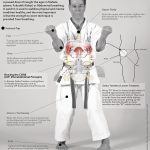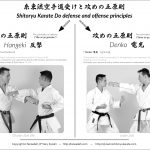
To anticipate an attack and to take the initiative. “Sen no Sen” is that you know what your opponent is going to do so you will strike before your opponent moves. Sen means “before”. It is also a shortened form of sen-te (literally … Continue reading






















